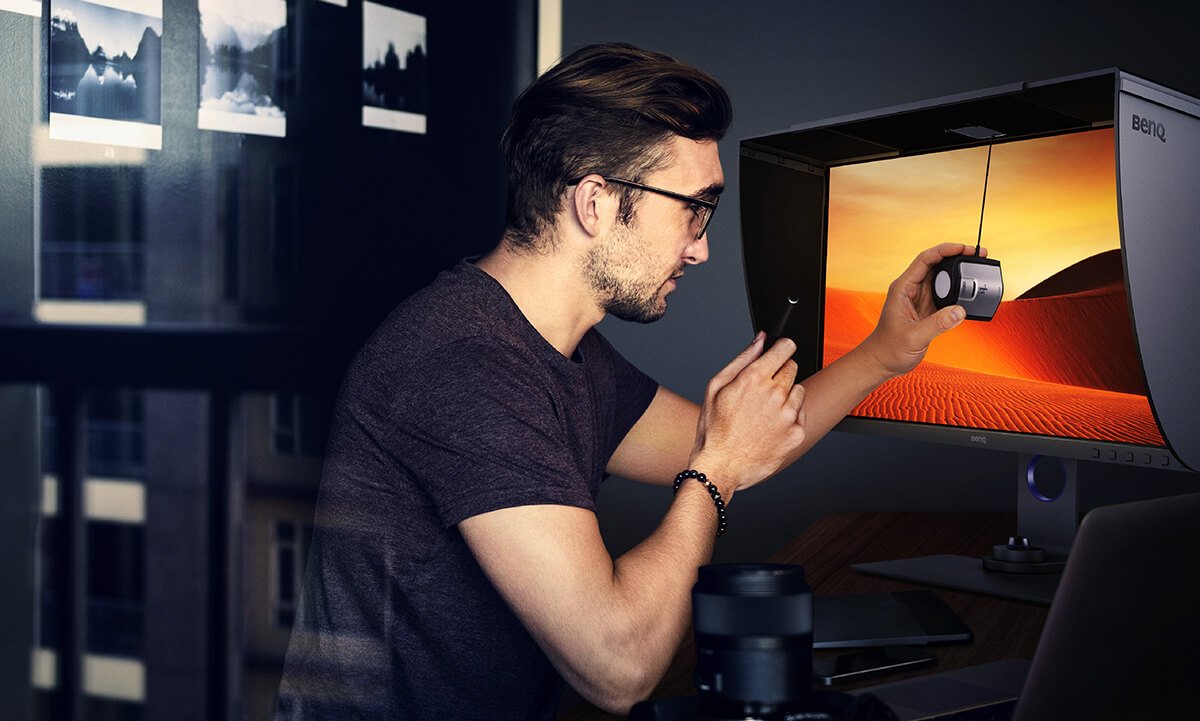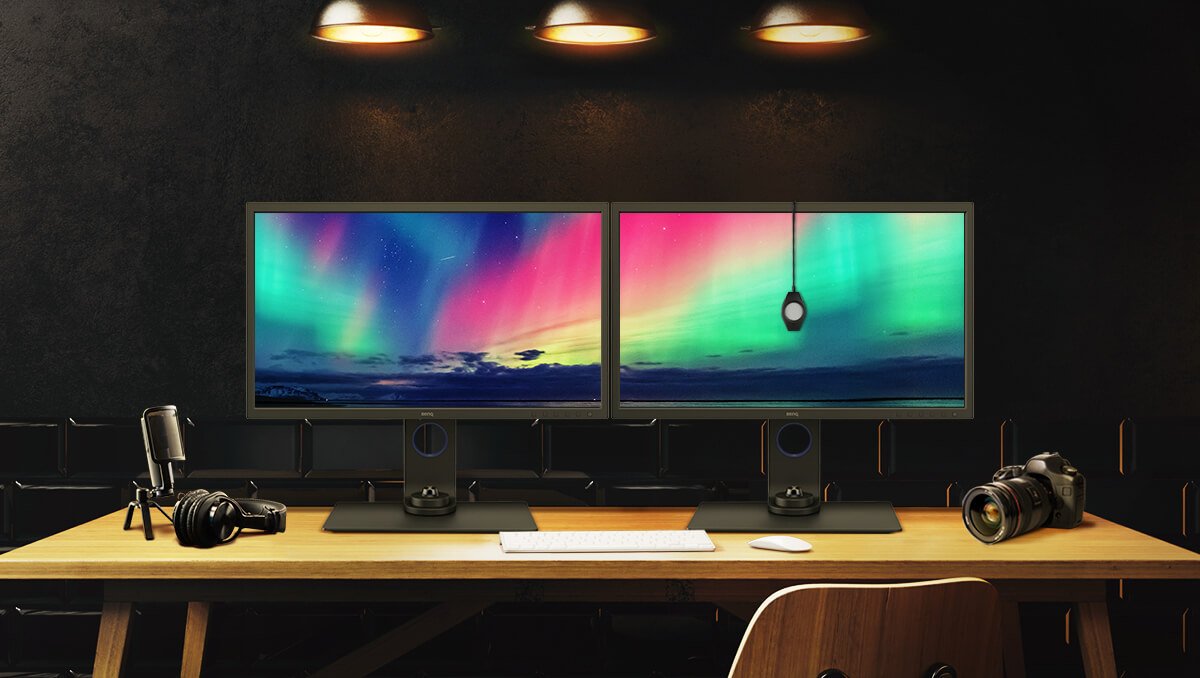


Successfully calibrating your BenQ PhotoVue monitor may still be a quite challenging task. Therefore, this article lists some tips for you to follow. You can also use these tips as a checklist to see if you have followed a good practice.
The reason why you need to warm up your monitor before conducting calibration is that the monitor brightness is not stable when the monitor is just turned on. The change in brightness may not be obvious to the human eye, but it is detectable to measurement devices, such as our calibrators. Hence, if the measurement was done at one level of brightness and validation at another, the result, without a doubt, will not be that successful. You also need to extend the warmup time when the ambient temperature is lower, or, in winter. Let’s conclude: 30 minutes to warm up your monitor in the summer time while 60 minutes or so when it’s colder.
Some of the users would forget to connect the USB cable to the monitor since it is not required on other monitors they used before. The USB cable is necessary since it provides the data path for writing the data from the computer to your monitor. Also, it provides the connectivity for the SD card reader and the extra USB ports on a BenQ PhotoVue monitor. So make sure to connect the included USB cable to your monitor.
The display cable or signal cable plays an important role in calibrating your monitor since the signal they carry will highly affect the calibration result. You should avoid VGA at all cost since it uses an analog signal and is voltage-dependent; the calibration result will be different depending on locations.
HDMI should be avoided, too. Since the default signal for HDMI is designed for TV broadcasting, some of the color signal is clipped for the bandwidth saving. In other words, in an 8-bit RGB color signal, the default signal HDMI transmits is 16-235, rather than 0-255. There is also a full range RGB signal for HDMI, but it is up to the graphics card manufactures to decide if it is implemented or not. Hence, unless you are confident that your graphics card can output full range RGB signal in HDMI, otherwise it is advised not to use the HDMI signal to calibrate your monitor.
The OS of your laptop or PC comes with software updates very frequently nowadays, and some updates will affect the calibration result. We do our best in BenQ internal Lab with every OS updates to make sure the calibration result is correct with our Palette Master Element software. Therefore, it is very important that you keep up with the latest version of Palette Master Element to make sure all the necessary bugs are fixed.
It is very important to turn off the screen saver and energy saving mode before conducting calibration. Since the calibration will take about 15 ~ 20 minutes, the screen saver or energy saving mode might kick in and the calibrator will measure the wrong color and deliver the wrong results. Sometimes, the result is so wrong that the whole screen will look terrible or even show no colors at all. Don’t panic! This could be easily fixed by just doing another calibration without the screen saver and energy saving mode turned on.
If you want to calibrate 2 or more monitors at the same time, it is suggested to use “extended” or “Only Use one Monitor” setting. When using “mirroring,” it is not possible for Palette Master Element to look for the BenQ PhotoVue Monitor, and the software will not start.
